While you may be able to recognize some sharks in the water or by their photos, can you guess which teeth belong to which sharks in this nine-question quiz? As noted by Sharks Info, shark teeth are unique compared to most others. Humans and most animals have teeth rooted in their jaw, but sharks’ teeth are embedded in their gums. This allows them to replace their teeth without pain on a regular basis, either individually as they are damaged or in entire rows of teeth.
A shark can have up to 3,000 teeth in its mouth at any given time depending on the species, with several rows of teeth held out of sight in a special channel in their jaw as shown in the photo below.
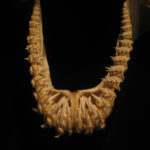
As the animal must replace the teeth in front, a row in back moves forward to replace the front row like a conveyor belt. In this manner, a shark can lose over 30,000 teeth during its lifetime, so it’s no wonder divers often find shark teeth along the ocean bottom. Now, here’s your chance to see if you can correctly guess which teeth belong to which shark.
Can You Guess Which Teeth Belong to Which Shark?
Congratulations - you safely navigated our Shark Teeth Quiz!
You scored %%SCORE%% out of %%TOTAL%%.
If you enjoyed this toothsome quiz, find out what you can do to help protect endangered sharks. Check our list of top five shark conservation groups where — for the price of a cup of coffee, you can help make a difference.|
Question 1
|
|
Bull
|
|
|
Tiger
|
|
|
Great White
|
|
|
Blue
|
Size: Average of 15 feet (4.6 m). Large specimens can grow to as much as 20 feet in length (6.1 m)
Weight: Average of 5,000 pounds (2,268 kg) though larger specimens can weigh more
Average life span: Up to 70 years
Preferred prey: “Young great white sharks eat fish (including other sharks) and rays. As they grow, the sharks’ favorite prey becomes sea mammals, especially sea lions and seals.”
Commonly found: In cool, coastal waters throughout the world
Endangered status: Vulnerable — at high risk of extinction in the wild
Threats to survival: Coveted as a gamefish, great whites are victims of both overfishing and accidental bycatch in gill nets.
|
Question 2
|
|
Mako Shark
|
|
|
Wobbegong Shark
|
|
|
Great White Shark
|
|
|
Thresher Shark
|
Size: Average of 15 feet (4.6 m). Large specimens can grow to as much as 20 feet in length (6.1 m)
Weight: Average of 5,000 pounds (2,268 kg) though larger specimens can weigh more
Average life span: Up to 70 years
Preferred prey: “Young great white sharks eat fish (including other sharks) and rays. As they grow, the sharks’ favorite prey becomes sea mammals, especially sea lions and seals.”
Commonly found: In cool, coastal waters throughout the world
Endangered status: Vulnerable — at high risk of extinction in the wild
Threats to survival: Coveted as a gamefish, great whites are victims of both overfishing and accidental bycatch in gill nets.
|
Question 3
|
|
Sand-tiger Shark
|
|
|
Hammerhead Shark
|
|
|
Blue Sharks
|
|
|
Fossilized Shark Teeth
|
Whether it’s a modern shark tooth or a fossilized shark tooth, it can be extremely difficult even for an expert to identify the species of an individual tooth since most teeth are found mixed and scattered. Within the same species, many shark teeth also vary in shape, size, and curvature with regards to position within the jaw. The age and sex of a shark can also play a factor in tooth morphology. So, while it is fairly easy to determine the genus of a shark tooth, it is almost impossible to determine whether that tooth is from a bull shark or Caribbean reef shark, for example.
|
Question 4
|
|
Smalltooth sand tiger shark
|
|
|
Wobbegong Shark
|
|
|
Basking Shark
|
|
|
Caribbean Reef Shark
|
Size: Up to 12 feet (3.7 m)
Weigh: Up to 637 pounds (289 kg)
Average life span: Unknown
Preferred prey: Small bony fishes, squids, and crustaceans
Commonly found: On or near the bottom of the continental and island shelves in places like Japan and New Zealand though they are sometimes observed in shallow water
Endangered status: Vulnerable — at high risk of extinction in the wild
Threats to survival: They fall prey to accidental catching in gill nets. Humans also harvest them for their flesh and liver.
|
Question 5
|
|
Whale Shark
|
|
|
Nurse Shark
|
|
|
Galapagos Shark
|
|
|
Silky Shark
|
Size: Average of 7.5 to 9.75 feet (2.3 to 3 m). Larger specimens can be up to 14 feet (4.3 m).
Weight: Average of 200 to 330 pounds (91 to 148 m)
Average life span: Up to 25 years
Preferred prey: While they can crush and eat shellfish and even coral, they prefer fish, shrimp, and squid.
Commonly found: In the warm, shallow waters of the western Atlantic and eastern Pacific oceans
Endangered status: They have no special conservation status.
Threats to survival: The closeness of their habit to human activities is putting pressure on the species.
|
Question 6
|
|
Silvertip Shark
|
|
|
Oceanic Whitetip Shark
|
|
|
Blacktip Reef Shark
|
|
|
Blue Shark
|
Size: Up to 6 feet (1.8 m)
Weight: Up to 64 pounds (29 kg)
Average life span: 12 to 25 years
Preferred prey: They prefer reef fish, but also feed on stingrays, crabs, mantis shrimp, other crustaceans, cephalopods, and mollusks as well other animals indigenous to certain areas such as sea snakes in northern Australia.
Commonly found: In shallow waters on and near coral reefs. They also live in mangrove areas and even in fresh water near the sea.
Endangered status: Near Threatened — Close to qualifying for or is likely to qualify for a threatened category in the near future
Threats to survival: “Regularly caught by inshore fisheries and vulnerable to depletion because of their small litter sizes and long gestation periods.” Flesh, fins, and are liver utilized for human consumption, but these sharks have limited market value due to their small size.
|
Question 7
|
|
Tiger Shark
|
|
|
Broadnose Sevengill Shark
|
|
|
Bronze Whaler Shark
|
|
|
Bull Shark
|
Size: Average of 7 to 11.5 feet (2 to 3.5 m)
Weight: Average 200 to 500 pounds (91 to 227 m)
Average life span: 16 years
Preferred prey: Almost anything they see, from fish to dolphins and even other sharks
Commonly found: In shallow, warm waters of every ocean. They even venture into brackish water far inland via rivers and tributaries
Endangered status: Near Threatened — Close to qualifying for or is likely to qualify for a threatened category in the near future.
Threats to Survival: “Fished widely for their meat, hides, and oils, and their numbers are likely shrinking. One study has found that their average lengths have declined significantly over the past few decades.”
|
Question 8
|
|
Blue Shark
|
|
|
Shortfin Mako Shark
|
|
|
Goblin Shark
|
|
|
Copper Shark
|
Size: Up to 13 feet (4 m)
Weight: Up to 1,102 pounds (500 kg)
Average Life Span: 29 to 32 years
Preferred prey: Tuna and billfish, but they also prey on squid, dolphins, porpoises, blue sharks, bonito, sea turtles, and mackerels.
Commonly found: Around the world in warm and temperate seas
Endangered Status: Vulnerable — At high risk of extinction in the wild
Threats to survival: Prized as gamefish, these makos are fished for recreation and commercially. Flesh and fins are utilized for human consumption, and they are also often bycatch victims of the tuna and swordfish fishing industries.
|
Question 9
|
|
Gray Reef Shark
|
|
|
Thresher Shark
|
|
|
Great Hammerhead Shark
|
|
|
Lemon Shark
|
Size: Average of 8 to 25 feet (2.4 to 7.6 m)
Weight: A maximum of 767 pounds (348 kg)
Average life Span: 22 years
Preferred prey: Squid, octopus, crustaceans, and small schooling fish such as bluefish, needlefish, lancetfish, lanternfish, menhaden, shad, mackerel, and others. Scientists think they stun prey with blows from their powerful tails.
Commonly found: In warm and temperate waters worldwide. “They prefer cool pelagic waters but will wander into coastal areas as well in pursuit of fish. Juvenile threshers are often found close inshore and in shallow bays.”
Endangered Status: Vulnerable — At high risk of extinction in the wild
Threats to Survival: Prized as gamefish, threshers are fished for recreation and commercially especially in other parts of the world where their flesh, livers, hides, and fins are utilized for human consumption. “This species is especially vulnerable to fisheries exploitation (target and bycatch) because its habitat occurs within the range of many largely unregulated and under-reported gillnet and longline fisheries, in which it is readily caught.”
|
Question 10
|
|
1 & 3
|
|
|
1 & 4
|
|
|
2 & 3
|
|
|
2 & 4
|
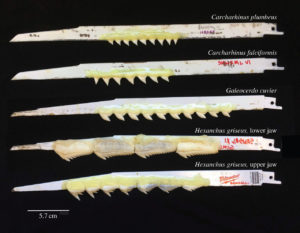 |
 |
| Drawing distributed under a CC BY-SA 4.0 license appearing in Royal Society Open Science included in Modelling tooth–prey interactions in sharks: the importance of dynamic testing by Katherine A. Corn, Stacy C. Farina, Jeffrey Brash, and Adam P. Summers. | Drawing distributed under a CC BY-SA 4.0 license appearing in Royal Society Open Science included in Modelling tooth–prey interactions in sharks: the importance of dynamic testing by Katherine A. Corn, Stacy C. Farina, Jeffrey Brash, and Adam P. Summers. |
The scientists tested these teeth at “biologically relevant speeds and found differences in tooth cutting ability and wear. Test species were chosen to represent three distinct tooth morphologies: triangular and pointed with small serrations across the edges (silky shark and sandbar shark), triangular and pointed with large serrations and a deep posterior notch (tiger shark), and elongated teeth with a series of cusps (sixgill shark).”
The silky and sandbar sharks (the top two in the saw photo) were the clear winners with the tiger shark (in the middle of the photo) coming in second. Teeth from the bluntnose sixgill shark (at the bottom of the photo) showed a poor cutting ability compared with all the other shark teeth, but “they also showed no wear with repeated use. Some shark teeth are very sharp at the expense of quickly dulling, while others are less sharp but dull more slowly.”
The post Can You Guess Which Teeth Belong to Which Shark? appeared first on Scuba Diver Life.
from Scuba Diver Life https://ift.tt/2JVHKmw
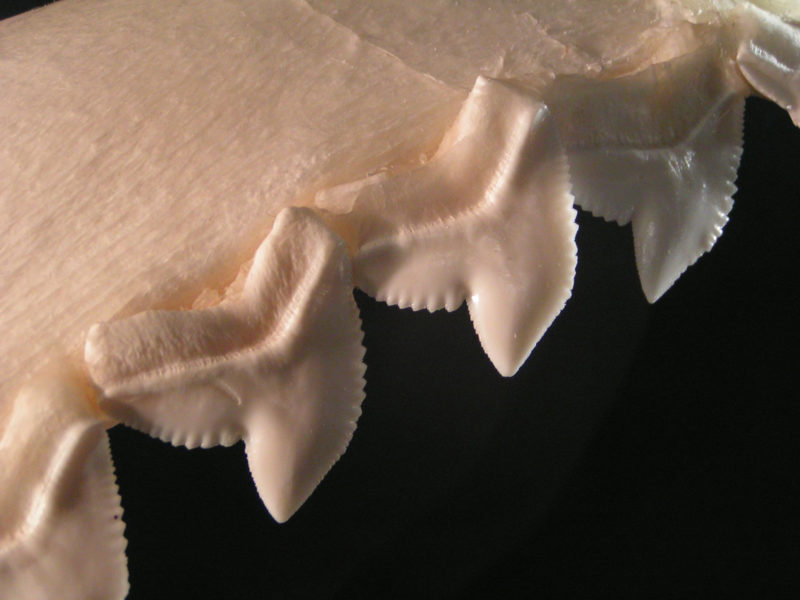

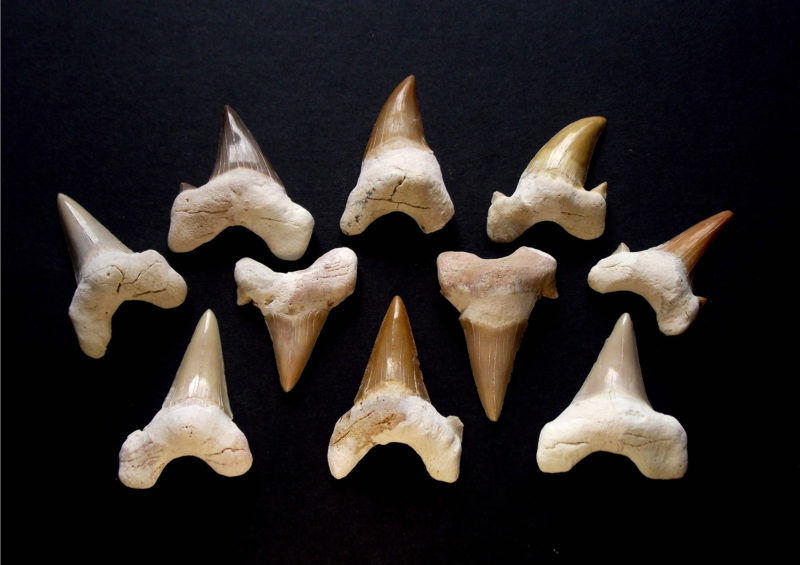
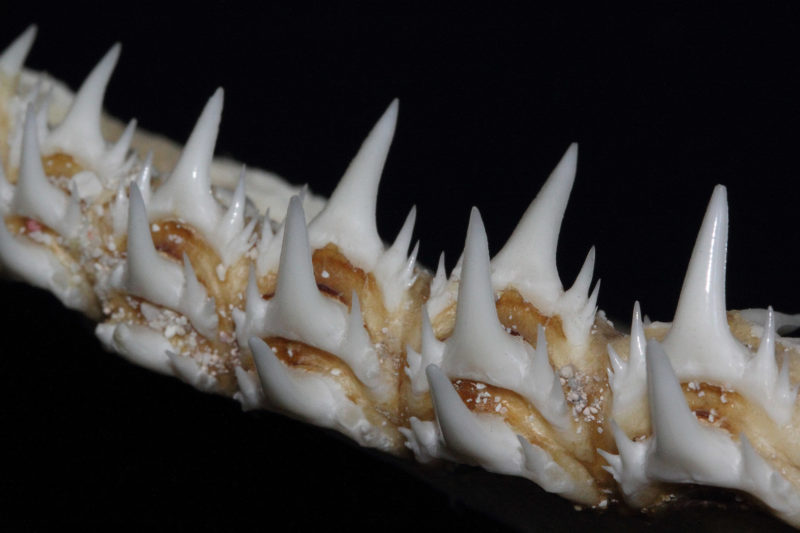
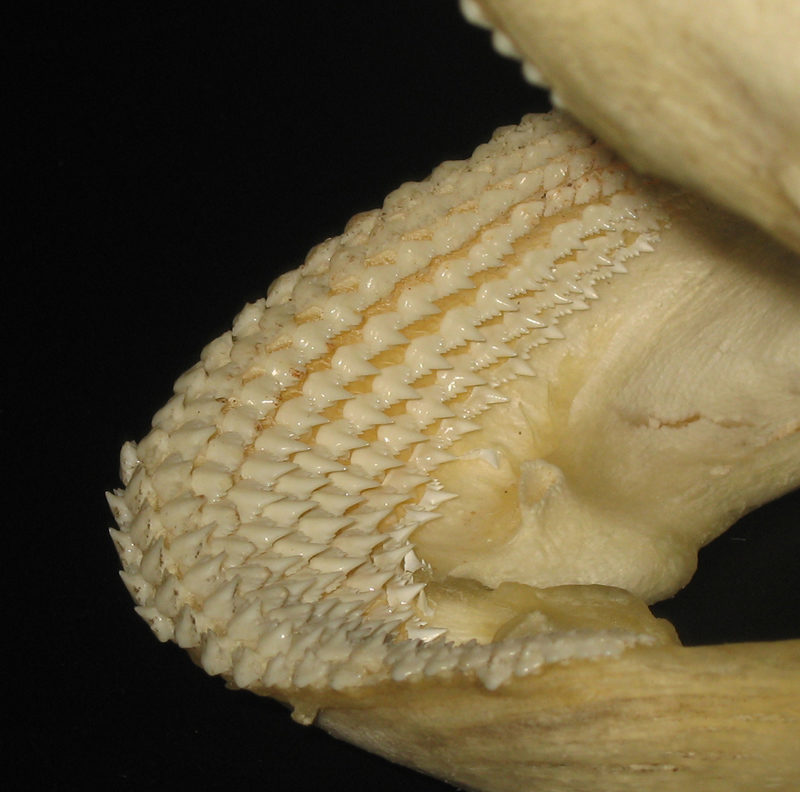


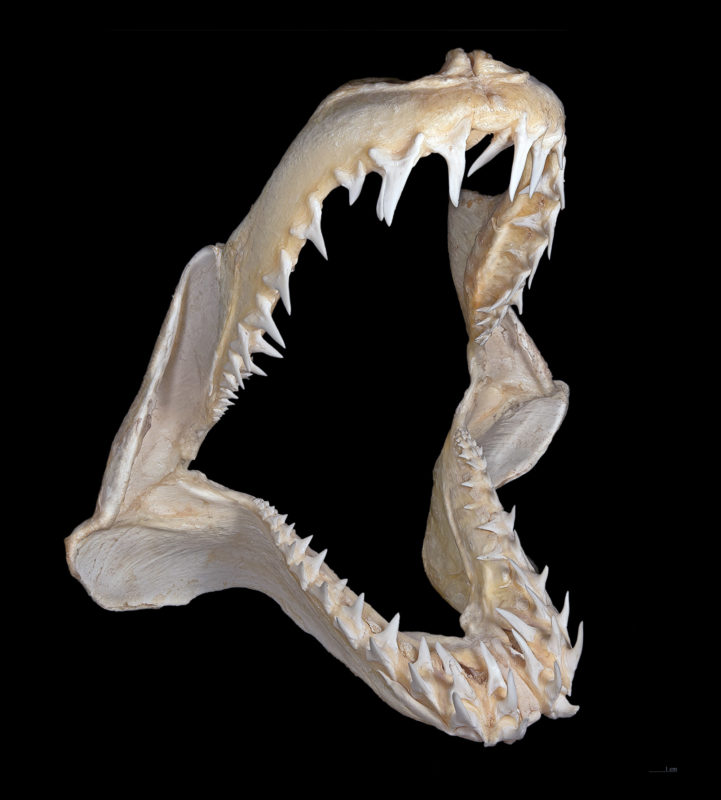


No comments:
Post a Comment